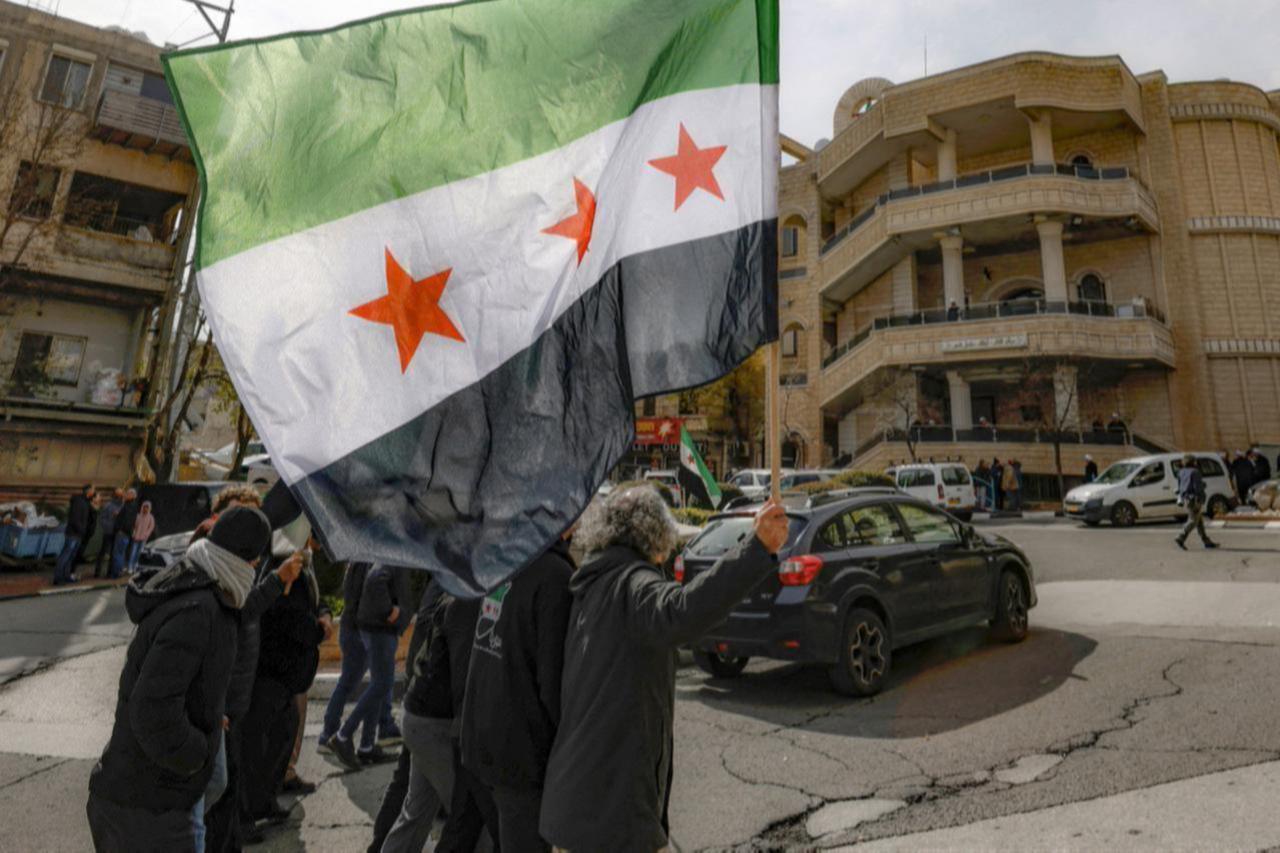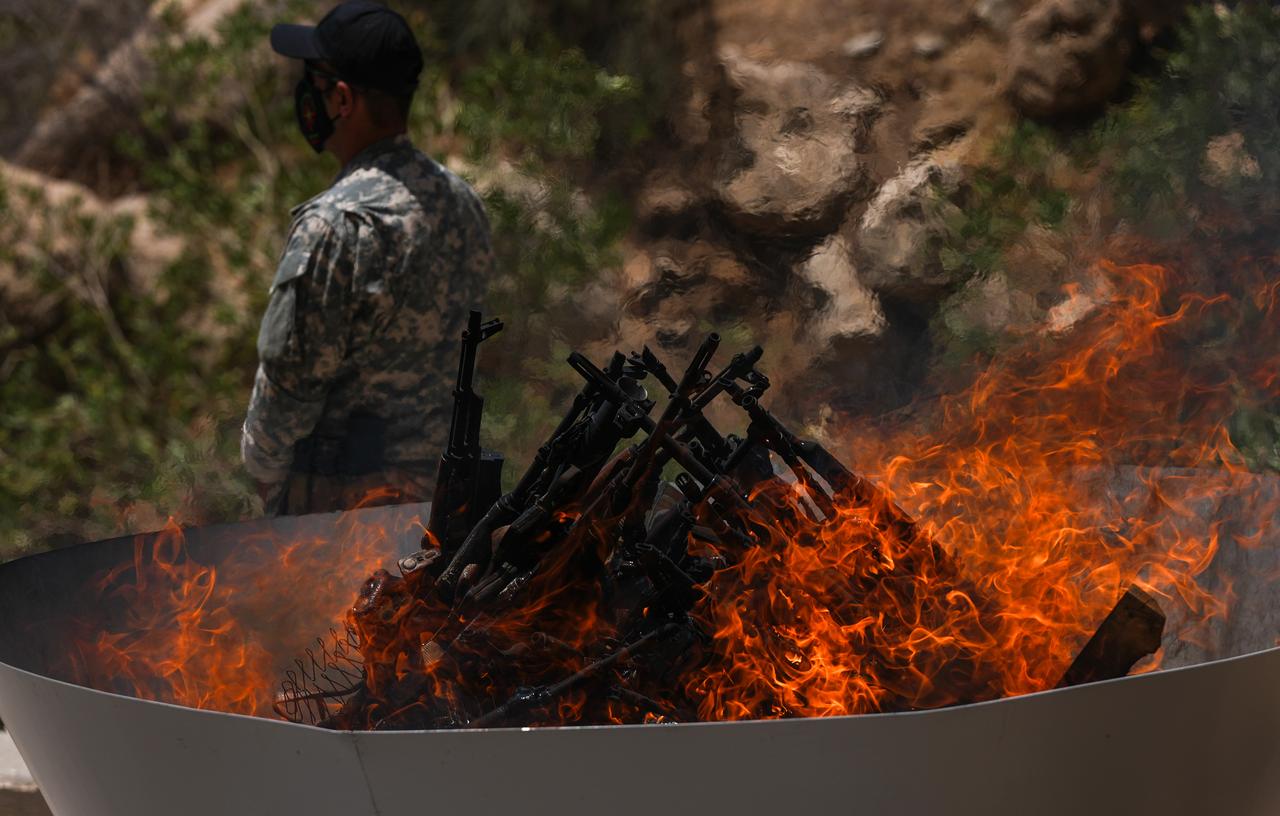
History does not remember blood; it remembers names. In Syria’s case, that name may be Mazloum Abdi, the head of the SDF, a coalition once hailed for defeating Daesh. Today, he stands at a crossroads: either help unify a wounded nation or risk presiding over its permanent fracture.
When the Assad regime collapsed in late 2024, it wasn’t just the fall of a dictator; it was the opening of a historic window for reconciliation. For the first time in over a decade, Syrians glimpsed a fragile possibility of peace, dignity and self-determination. That hope crystallized in the March 10 agreement, signed between the transitional government in Damascus and the SDF. It was bold in scope: a commitment to integrate the SDF’s military and civilian structures into Syrian state institutions, and in return, guarantee constitutional rights for Kurds and other minorities.
But just months later, that vision is on life support.

Despite signing the agreement, the SDF continues military recruitment and training actions that violate the deal’s terms and deepen suspicions in Damascus. By July, tensions flared in key areas like Deir el-Zour and eastern Aleppo, where checkpoints were blocked, earth berms were erected, and confrontations resumed.
A summit in Damascus on July 9 collapsed, prompting a rare public rebuke from U.S. Special Envoy Thomas Barrack, who warned the SDF to be “reasonable” or face alternatives. That warning wasn’t idle; it pointed to growing U.S. frustration and the looming threat of renewed Turkish intervention.
At the heart of the impasse lies a single, pivotal question: Will the SDF disarm?
The Syrian government insists that national unity requires one army, one chain of command. No parallel military, no divided sovereignty. The SDF, for its part, refuses to relinquish its weapons. It sees itself not as a subordinate, but as an equal, born of a brutal war, shaped by betrayal, and now wary of centralized control. For many PKK-inspired Kurdish fighters, the gun is not only a tool of resistance, but it is the last guarantee of their existence.
But if everyone clings to the past, there is no future.
Armed autonomy may feel like protection in the short term, but in reality, it invites danger. The SDF's hold over oil-rich, strategically vital northeast Syria has created a de facto partition. That vacuum is a magnet for foreign interference. Türkiye, seeing the SDF as a PKK offshoot, a stance echoed by the U.S. envoy, threatens cross-border invasions. Iran and Russia, remnants of Assad’s patronage, continue to play spoiler in the borderlands. Israel conducts regular airstrikes in the south. And even the United States, once a protector of the SDF, is now urging full integration into the Syrian state.
Syria cannot afford to become a proxy chessboard once again. Already, over 1.1 million Syrians have been displaced in 2025 due to renewed skirmishes. Armed enclaves like Sweida are witnessing violence that echoes the worst moments of the civil war. Delaying disarmament risks unleashing those horrors once more—on Kurds, Arabs, Druze, and all Syrians alike.
Yet there is a path forward.

Integration does not mean surrender. In fact, it is the only route to sustainable empowerment. The Damascus government has already incorporated former adversaries—such as Hayat Tahrir al-Sham and elements of the Syrian National Army—into national structures without dismantling their core leadership. A centralized Syrian military could deter Turkish intervention, enable the return of government services to the northeast, and unlock international aid to rebuild shattered infrastructure.
For Syria’s Kurds, constitutional protections within a sovereign nation offer far more lasting security than a perpetually embattled enclave. A voice in Damascus is more powerful than isolation in Qamishli. The March 10 Agreement guarantees this political inclusion, if it’s honored in full.
Abdi, to his credit, has continued daily talks with the government and affirmed his support for “one army, one flag, one Syria.” But words are no longer enough. What is needed now is bold, irreversible action—starting with pilot integration efforts in places like Deir el-Zour, where cooperation can be tested and mistrust slowly healed.
The heroes of the anti-Daesh war are now called to lead a more difficult fight: the battle for national peace.
The cost of inaction is not abstract. It’s real, measurable, and immediate—more displacement, more bombings, more proxy wars. A delayed peace invites catastrophe. But swift, courageous unity could mark the beginning of a Syrian renaissance.
The time has come for the SDF to make a historic choice: embrace integration, disarm, and help build a Syria where no community must ever again raise arms to be heard.
One flag. One nation. One future. Now.